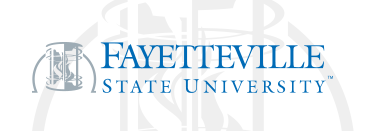Document Type
Article
Abstract
In 1994, the cover of the February issue of Progressive Architecture (PA), featured an article entitled: “Can this Profession be saved?” The following year, (September 1995), PA continued its examination of the architecture profession, this time focusing on “The Schools: How they are Failing the Profession.” In January 2003, the Chronicle of Higher Education added to this literary invasion by deploying a missile across the bows of architecture education with an article entitled: “The Multiple Failures of Architecture Education.” All three of these articles paint a very pessimistic picture of the state of architecture education and forces one to question the grand narratives of architecture education.
What these articles do not examine is that the major burden of educating African American and minority architects is being carried by only seven accredited schools of architecture at historically black colleges and universities (HBCUs) who graduate 50% of all African American students in professional architecture programs. An immediate concern raised by these articles was whether the focus of these articles would be more positive if the other 106 predominantly white schools of architecture (PWIs) devised programs that embraced underrepresented and marginalized students and/or fostered a more diverse architecture discourse. Another concern focuses on the lack of a proactive position by the leadership of National Architecture Accrediting Board (NAAB) to encourage diversity in architecture education (they would add “equality and diversity standards” to their accreditation criteria against the school of architecture’s mission and goals.)
Let me explain, there is no dictum of political correctness, quotas or expectation of quotas implicit in this proposal to expand the pool of minority and underrepresented architecture students throughout the non-HBCU architecture programs. However, a lack of initiative or effort on the part of NAAB’s leadership to create a climate of diversity within architecture schools implies a passive rather than active belief in the values of difference in the architecture education community. This paper will present solutions derived from and implemented by regional accrediting agencies, the result of which harvested positive effects of diversity on accreditation. Architecture educators will learn a great deal from their efforts.
Recommended Citation
Charles, Curtis B., "Ageless Hope: Diversity's Effects (Access & Equality) on Accreditation" (2007). Faculty Working Papers from the School of Education. 12.
https://digitalcommons.uncfsu.edu/soe_faculty_wp/12

